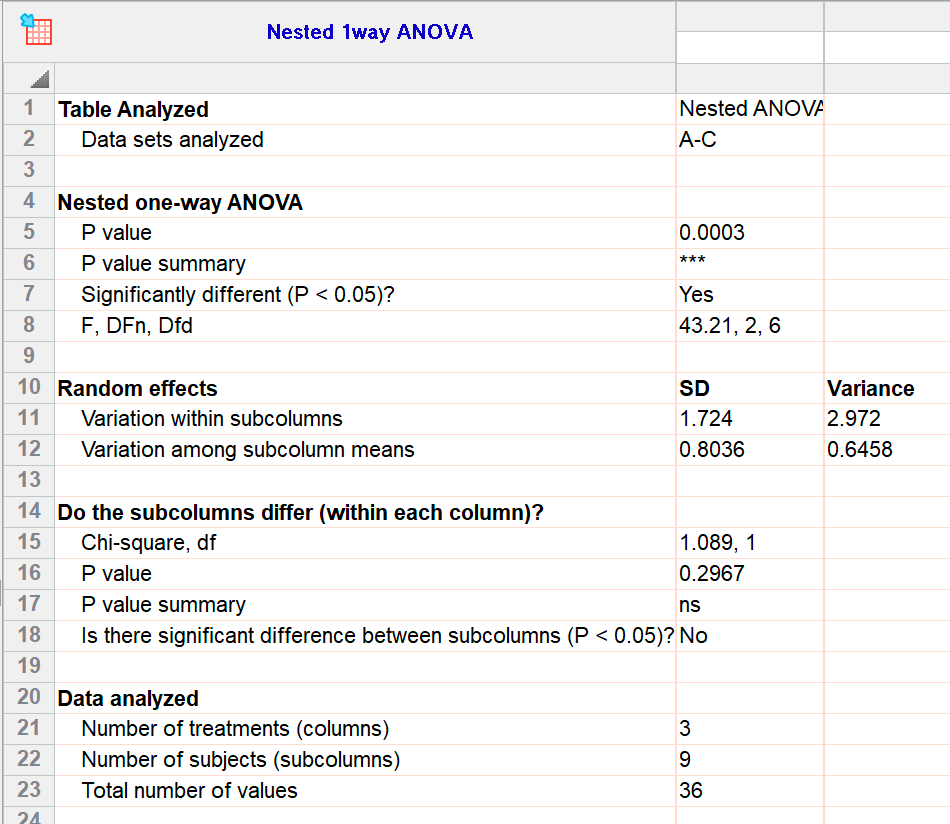

Not surprisingly, nephrotoxicity is a significant cause for drug attrition during pharmaceutical development, often recognized only during clinical stages of development as translation from in vitro and animal studies to human lacks high predictivity ( 2, 3).Īn in vitro model with high predictive value for drug-induced nephrotoxicity should closely reflect the in vivo processes involved in renal drug handling.

Their active secretion and reabsorption mechanisms together with biotransformation capacity make proximal tubule cells especially sensitive to drug-induced toxicity and subsequent acute kidney injury (AKI) ( 1). The renal proximal tubules play a major role in eliminating waste products from the body, including drugs and their metabolites. Our data demonstrate that human-derived ciPTEC-OAT1 and ciPTEC-OAT3 are promising platforms for highly predictive drug screening during early phases of drug development. Functional OAT1 was directly responsible for cytotoxicity of adefovir, cidofovir, and tenofovir, while a drug interaction with zidovudine was not associated with decreased cell viability. para-aminohippurate, estrone sulfate, probenecid, furosemide, diclofenac, and cimetidine) in cultures spanning 29 passage numbers revealed relevant inhibitory potencies, confirming the robustness of our model for drug-drug interactions studies. Co-exposure to known OAT1 and/or OAT3 substrates (viz. Upon subcloning, concentration-dependent fluorescein uptake was found with a higher affinity for ciPTEC-OAT1 (K m = 0.8 ± 0.1 μM) than ciPTEC-OAT3 (K m = 3.7 ± 0.5 μM). The cytotoxic response to the drug-interactions with antivirals was further examined by cell viability assays. A panel of organic anions was screened for drug-interactions in ciPTEC-OAT1 and ciPTEC-OAT3. Fluorescence-activated cell sorting upon exposure to the OAT substrate fluorescein successfully enriched transduced cells. In addition to endogenously expressed renal organic cation transporters and efflux transporters, conditionally immortalized proximal tubule epithelial cells (ciPTEC) were completed by transduction of cells with the organic anion transporter (OAT) 1 or OAT3. The current study aimed to establish a robust and a more complete human cell model suitable for screening of drug-related interactions and nephrotoxicity. Often, renal adverse effects are recognized only during clinical stages of drug development. Drug-induced nephrotoxicity still hampers drug development, because current translation from in vitro or animal studies to human lacks high predictivity.


 0 kommentar(er)
0 kommentar(er)
